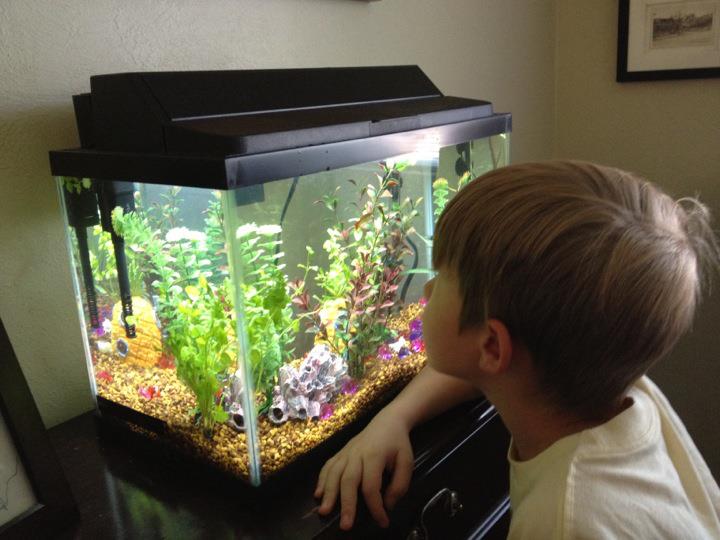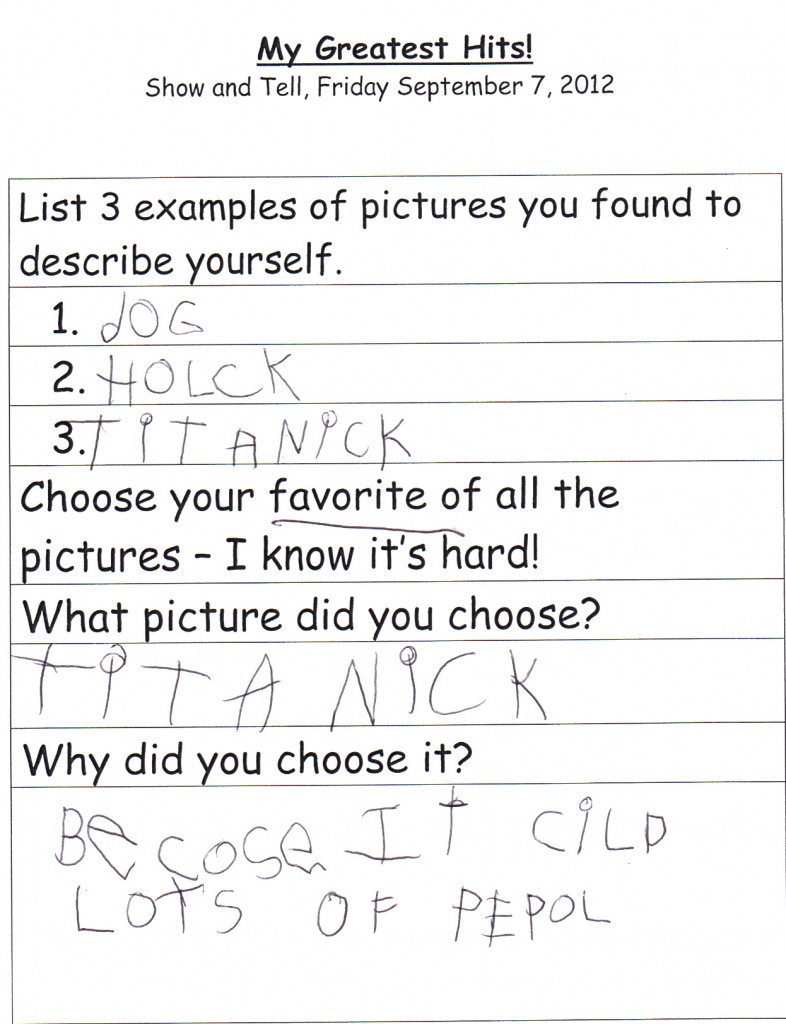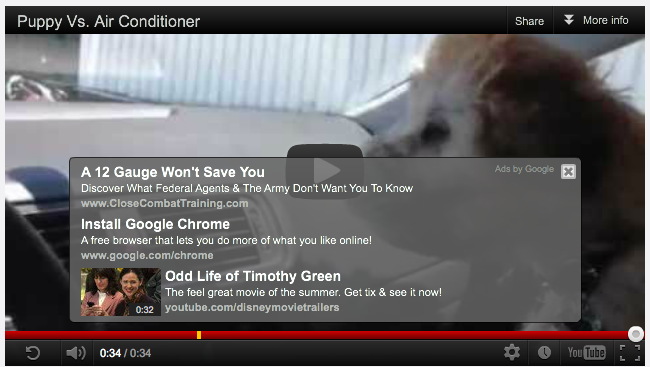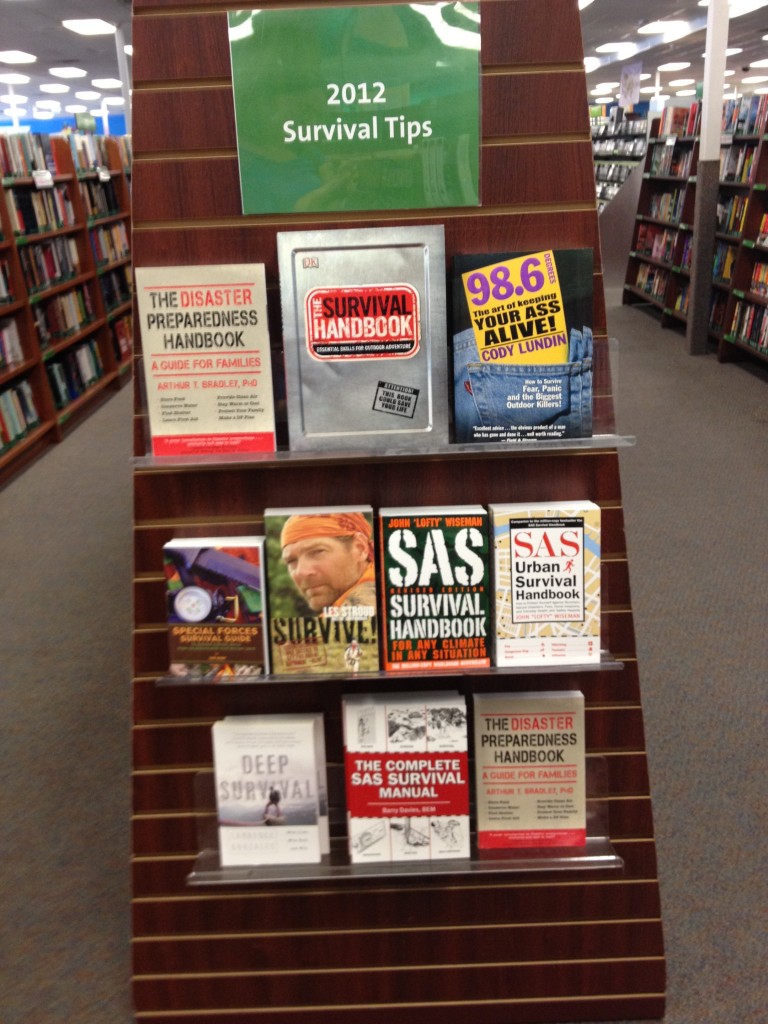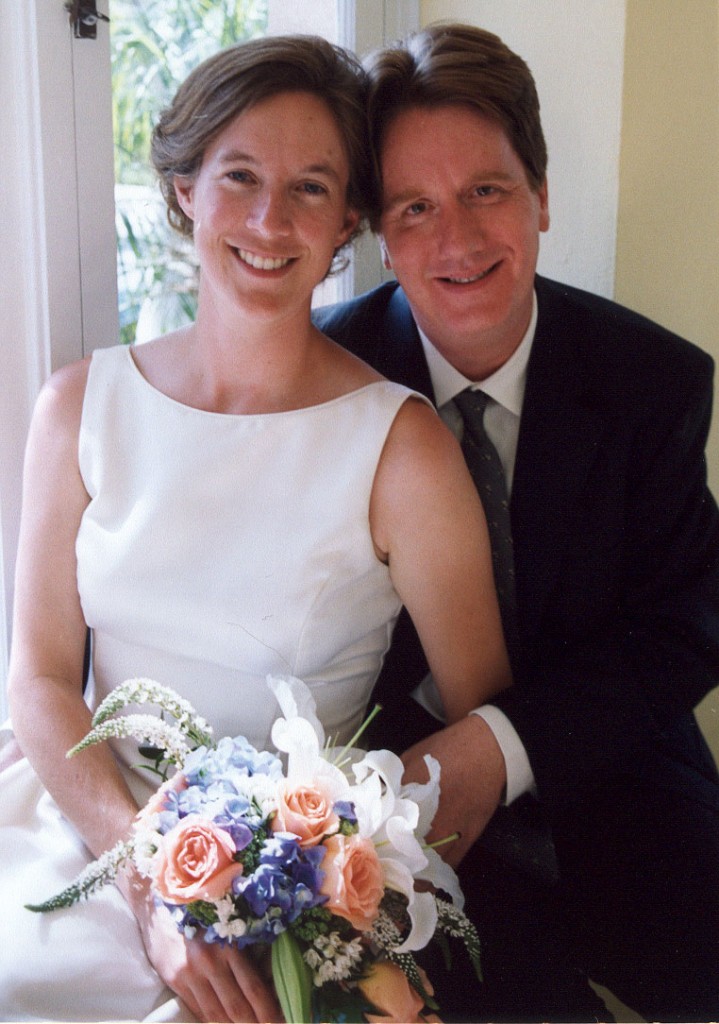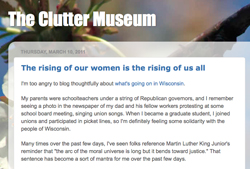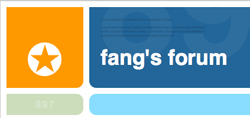The guppies and I had an understanding, and it involved cannibalizing their young.
Let’s rewind a couple of months:
As a reward for earning his yellow belt in Taekwondo, Fang promised Lucas a fish tank. Not just goldfish, Fang emphasized—real fish.
I think Lucas may have had visions of a 50-gallon saltwater tank filled with yellow tangs and angelfish, live coral and maybe a small eel. Something you’d see in a doctor’s office waiting room. Maybe Fang did, too, not realizing the cost and maintenance involved in such a set-up.
In the end, it fell to me to set up the fish tank. My parents kicked in a gift card to a chain pet store as a birthday gift to Lucas so we could get the tank, and they sent along as well some aquarium decorations. Fang and I purchased all the other little things that come with setting up a new tank: dechlorinator, living plants, gravel, pump filters, water test kits, freshwater aquarium salt, siphon, starter bacteria, and more. I printed out a fish compatibility chart and explained to Lucas that the 10-gallon tank could hold only five or six fish, and that most of the fish for beginners liked to school, so it’s likely we’d be able to get only one or two types of fish.
We set up the tank and let it settle for a few days, knowing that we were going to cycle the tank with fish. The water’s pH was very high, so we opted for guppies, which apparently can thrive in high-pH water. I read more than I ever dreamed I might about Poecilia reticulata. At this point in our adventure I was confident I could write a damn good literature review, entitled “Advice to New Freshwater Home Aquarists, with Special Attention to Rising Ammonia Concentrations.”
Guppy enthusiasts remain divided as to the ideal female: male ratio. The textbook answer is two females to each male, but vast anecdotal evidence on the interwebs suggests that it really all comes down to the temperaments of the individual guppies. Still, patterns emerged: If you have only females, one will likely become an alpha and abuse the others. If you go the male route, and one male guppy is a total asshole, then he’s going to harass any guppy, regardless of sex. My ever-vaster reading made clear to me that guppy tending falls somewhere, though I wasn’t sure exactly where, on the spectrum of “Great Introduction to the Aquarium Hobby” and “Total Crapshoot, Kids.”
Need I point out that I wasn’t interested in getting into the business of fancy guppy breeding? And that I didn’t want to have to console a seven-year-old when the adult guppies devoured the babies? I explained to Lucas that it would get Darwinian pretty damn quickly in the tank—meaning I enthused, “Guppies make their own food!” Lucas said, with far too much sangfroid for my taste, that he was “okay with blood.”
In the end, we went with the fish store employee’s advice to get two females and one male, though she confessed she herself had three males and one female that apparently never became pregnant. We brought the fish home and while at home, I did little but fret about guppies. (Alas, I inherited, through nature and nurture, a visceral aversion to animal suffering, no matter how small-brained or short-lived the creature.)
My Facebook updates quickly descended into guppy management angst. I had committed to twice-daily partial water changes and lots and lots of water testing.
The guppies, meanwhile, had committed to procreation. I’m pretty sure one of the females was pregnant before we reached home.
Soon it became evident that, promised guppy cannibalism aside, Lucas expected to keep some of the baby fish. I procured a second, smaller tank.
A few weeks later, Lucas was excited to see the teeny tiny guppy fry in the tank, and encouraged me to scoop them out. This process has repeated itself several times, so that we now have about 20 tiny fish in the nursery tank–waaaaaaay too many for an aquarium that size.
From my reading, female guppies birth between two and 200 fish at a time. Wikipedia reports, “Guppies have the ability to store sperm up to a year, so the females can give birth many times without depending on the presence of a male.” We have two females. You do the math.
We could be talking about a lot of guppies. Yet we have seen fry swimming around in the tank, then suddenly they were gone. In fact, Lucas has had the pleasure of seeing one of the females eat a newborn guppy.
I figured, then, that once we had found homes for, oh, 18 of the fry in the secondary tank, we would have reached guppy detente: Guppies are born. Guppies get eaten.
Why, then, did this week the guppies break our social contract? There are four fry swimming around the tank, and they’ve been there for about 48 hours.
Anyone want some guppies?
UPDATE: I just went into the kitchen and discovered THIRTY guppy fry.
